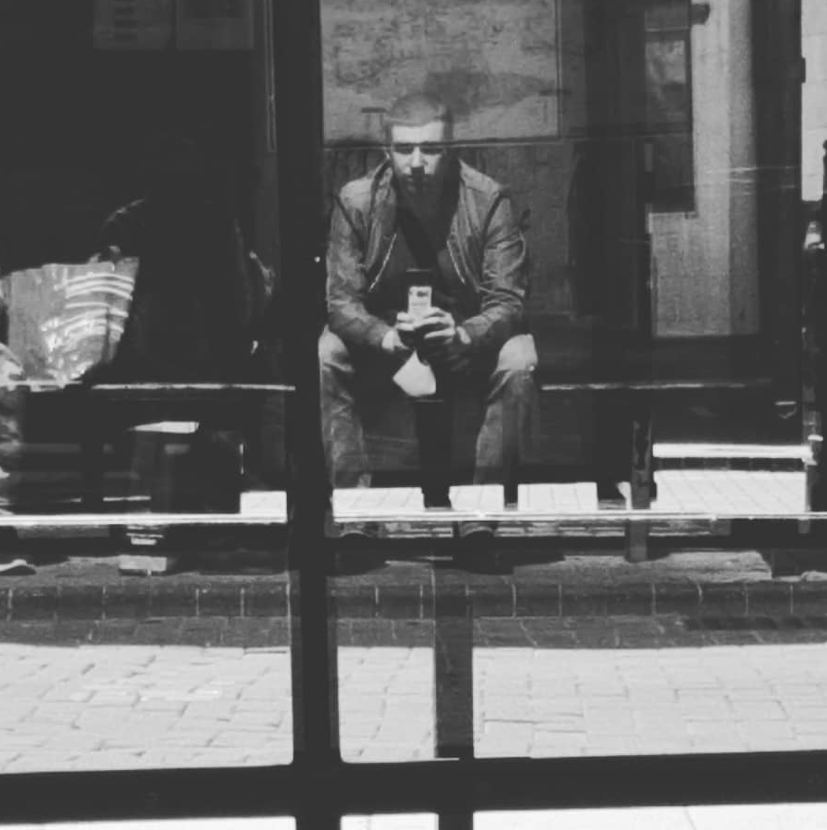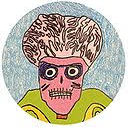- Ravi Zupa
- Douglas Mason1
- Natalya Sukhonos
- Yael Friedman
- Jack Neary
- K. McLeod
- Bob Bickford
- Chris Vaughan
- Chris Robinson
- Lynn Crosbie
- Rosby Strong
- Alana Solomon
- Velvet Chic Volcano
- Douglas Mason
- Suzanne Richardson
- Steve McOrmond
- Charles Wing-Uexküll
- Corey Hardeman
- Eliška Jahelková
- Todd Dixon
- Donnez Cardoza
- Rebecca Blissett
- Lunar Boy from Salem and Cinemascope
- Douglas Mason2
- Gun Roze
- Jane Wilson
- Toby Rosenbloom
- James Sutherland-Smith
- Kathryn McLeod
- Michael Murray
- Josh Patterson
- Anonymous
The Marsh
Crabs, pressed flat by cars, crushed into the macadamized surface, fell victim to motor-roads running close to popular beaches; tearing about on their toes at great speed, these ghost-like crabs, which lived much like us in burrows by day, crossed wide roads, pale in the dusk, to be crushed into fossil-content we can’t sell or eat. The problem of life at once becomes different when crabs and holiday-makers disappear.
The draught oxen have gone. The water draining windmills are gone, the last long ago. Dusty, untarred roads and tractors backfiring, went with the radio masts and church towers, famous in their day for their red-filter warmth, nested in low hills and misted trees, also gone, along with pale-grey pilgrims who used to come at sunset, backs to blackthorn hedges, to dissolve in rye grass. Railway carriages and the lighthouse’s bright white outbuilding with black chimney has gone, sometime after the lighthouse went with holiday-maker shacks, although we pulled these shacks down ourselves.
Small houses, occupied at intervals by walksmen sent in packet-boats to survey our situation, are empty. Legislation against smuggling, hand-selling, marriage, guide-book writers, construction, militias, pensions, waste disposal and fishing on the eastern coastline is ignored while they remain empty. To the southwest above the village, a long hanging wood. Sheep walk that space. Beechwood has gone. Uplands lies the village, ¾ mile in length, the Hanger it was called, gone: landslide this time. No silver-flashing whitebeam. No knotted thorn. Beyond is quiet.
Follow the possibility of smoke signals, we were told. Walk across the deep cleft to the north, which crosses the road, you will enter extensive woodlands.
Beguiling birds, antiquities of the marsh, are particularly fortunate.
Sheep farmers all left together late one evening. Much discussion had gone on, still goes on without them, at low-tide, when many remaining doubts about the wooded peninsula, always the same doubts, are debated. Advanced in his recent book, underground, one of us wrote of flint mines, gold runes, naturally occurring ice mines, substantial dene-holes; fantastic, all plausible, though these have gone. Beasts have tumbled into some of these, we tell our children, talking of certain holes. At high-tide, undecided, we will troop home inland.
Sometimes there are footholds. Chambers at the foot, and so on.
A fringe of shingle on the seaward side, where children once collected shattered relics of the past, teahouse objects, fragments of headlights, Commandment boards, weather-boarding, pieces of cottage, stained tiles, office equipment, is now a bog, where our children got sick. Sudden end-walls now have to be carefully signposted.
We meet at low-tide in strong light, a species which cannot live in shaded places, even if, for a time, we resembled the sameness of the general motoring population. Over time we are less like pilgrims or walksmen. We are more persistent, like limpets or barnacles. Sheep, when we find them straggling the eastern coastline, look like crustaceans.
Those chosen for reef-building do not return.
Night is substantially different without farmers. We were climbing at night. Saw a fox on an earthwork, make the approach, doubted that it could be done, nimble, to be at the little summits and feeling the texture of rocks gave rise to bolder scenery and the fox was gone.
Our centrepiece has a colour and feather-star-shaped pattern, a specimen of super-nature: twelve lines radiate out from the centre. Outlines of tentacles implied but not actually there, surround side-branches and a complex fuselage of curves and concentric, dark markings spiralling down to a funnel-like structure into which we ask for alms or simply ask advice. Very unlike beauty that depends upon several effects and textures, frequencies, angles, radii, underlying designs we can hardly doubt existed; however, these aesthetic attributes have also gone. Only in our centrepiece are they vividly awakened. Here the unseen, straight lines, parallel sets, perhaps arranged by human beings?
A human hand, like an artificial cephalopod, coils to touch the centrepiece, adhering to the pattern, natural form, which has been forbidden ever since we removed the shacks. We are now faced not only with strict imitation, conventionalization, macadamization, extreme proportions and defective treatment, this is rather unexpected, that now we are concerned with punitive measures, in other words at low-tide we hear cold-blooded arguments: how to deal with a stranger.
We feed him dried seaweed, admiring the old man, not quite a dwarf. He takes interest. Mythical flavours are intrinsic to shorelines. Seashores prove fascinating, even common corals, anemones, polyps and nereids, in the ordinary way, fascinate.
We are persuaded to yield half a dozen young people because he is reputed to be a diligent searcher. He’s untied. Excitement, adventure, the many sacrifices of such expeditions are admirable. Our young are then gone. We shout. Which words, many so, past. Separated by the gradually rising line, they can’t hear us. Pale grey on dry faces, hardened by exposure.
Harder routes are seldom led.

Chris Vaughan
